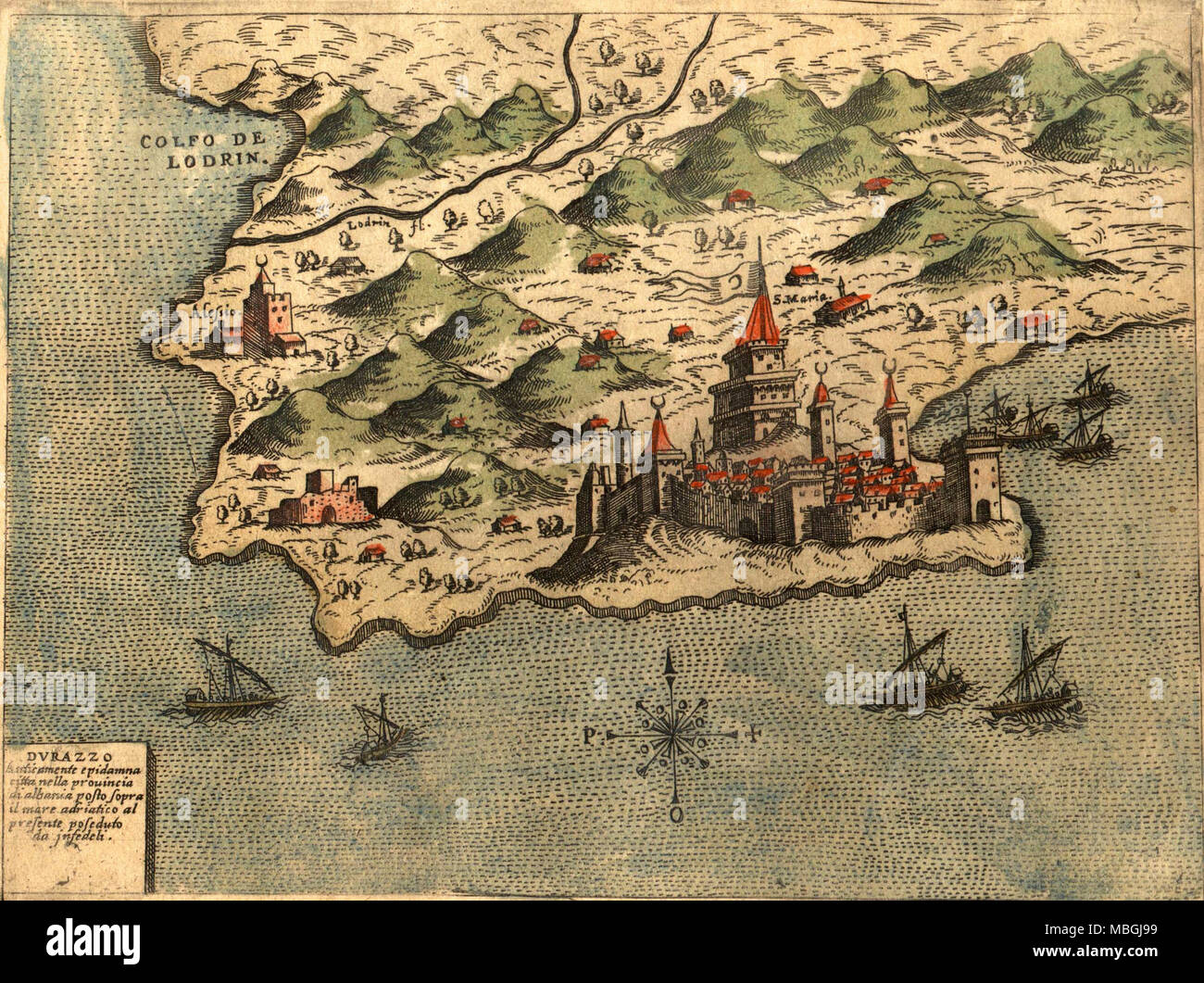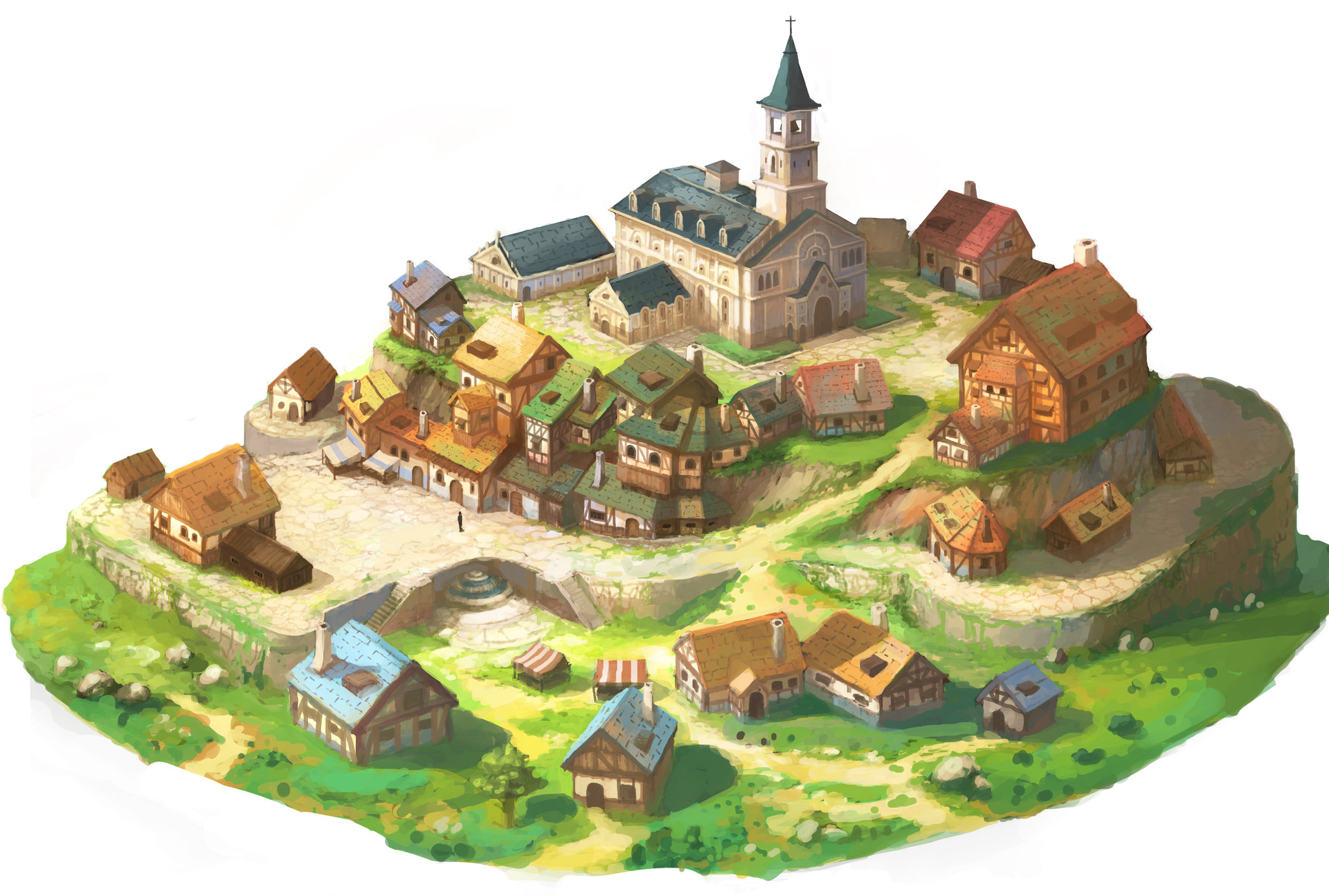

An interactive tour reveals the secrets of this tasty creation, which can be enjoyed at the end of the visit.

Visitors are welcome to watch the cheese making process live. The demonstration cheese dairy La Maison du Gruyère in Pringy presents the famous Gruyère AOP. The Tibet Museum offers visitors the opportunity to discover Tibetan Buddhist art in the setting of an old renovated chapel. Giger shows the fantastic works of the creator of Alien's. The museum and bar of Oscar-winning artist H.R.

The knights' hall impresses, the towers, ramparts, and gardens are an unforgettable experience. A multimedia show takes the curious on a captivating journey through time. The 13th century Castle of Gruyères, visible from a distance, dominates the town. The town gave its name to the region La Gruyère and its delicious cheese, Gruyère AOP. The pedestrian town welcomes you to a gentle stroll, with its cobblestones and its fountains. SourcesĬhertsey Museum Explore Chertsey Museum’s interactive web siteĬhertsey Museum’s videos with Dr Euan Roger: Part one: Foundation and Flourishing, Part two: Dissolution and Destruction.The picturesque town of Gruyères gets its charm from the Middle Ages. They can see areas of continuity as well as change. Finally, pupils are encouraged to make a comparison between medieval and modern village life. A further task may be to ask the pupils to draw a modern day map of medieval Chertsey using standard symbols. Pupils could research the nature of holding land in feudal times. There is commonland, meadow and land belonging to the abbey. The writing on fields gives details about their size and their use.

Medieval picture maps are not accurate but they do give pictorial representations. By using a printout of the outline above, pupils can identify the major buildings and make inferences about medieval village life. This lesson provides pupils with a glimpse of a medieval village. From the buildings we can begin to make conclusions about what went on in the village and how the people in Chertsey lived. What is important for historians is that this map shows the buildings that existed at the time. Nonetheless, the maps still indicated where things were in relation to each other. Distances were estimated and scales were not used. The cartographers who drew these maps drew little pictures of the key buildings. There were no agreed symbols for buildings as there are today. Map drawing in the Middle Ages was rather primitive. This explains the labels on the fields which give the name of the tenant, the field’s size and what the field was used for. The medieval map was used to settle a dispute between the abbey and three people who rented lands from the abbey. This one shows most of the major buildings expected in a medieval village: church, barn, mill, wooden bridge as well as a road and track. Medieval picture maps like this one are rare. The block of houses at the top represent the village of Laleham. The lands and the buildings shown on the map belonged to the Benedictine Abbey which created Chertsey. In the 15th century several streams also ran through it. Present day Chertsey sits on the river Thames.


 0 kommentar(er)
0 kommentar(er)
